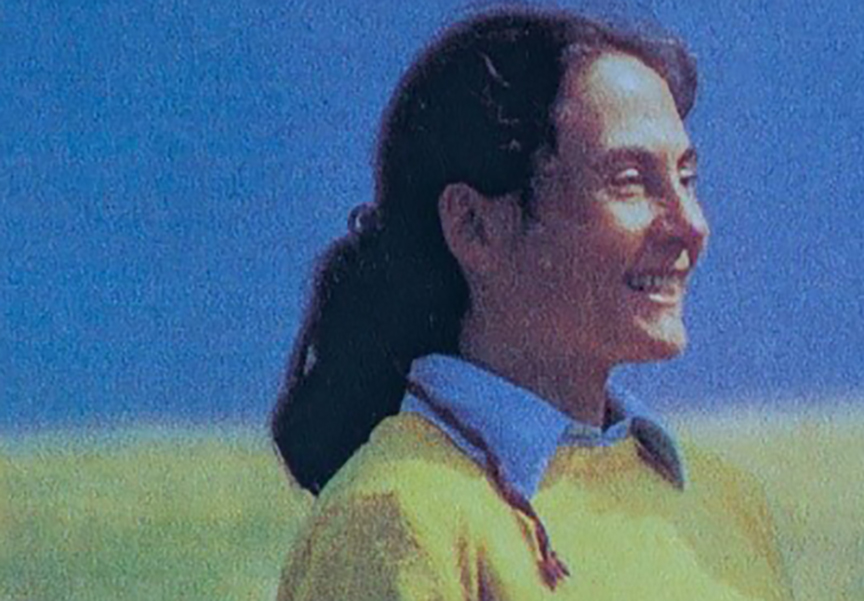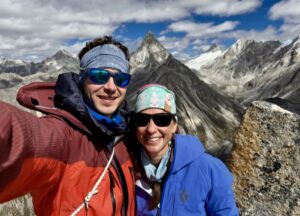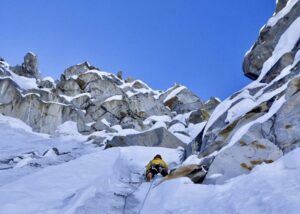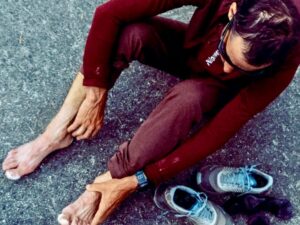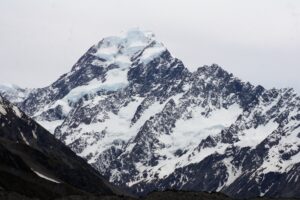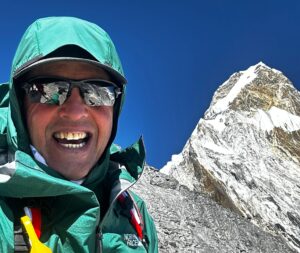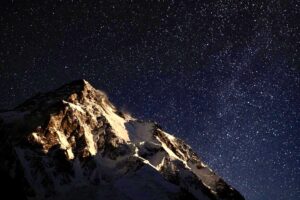French alpinist Liliane Barrard would have turned 76 today.
Born Liliane Bontemps on Dec. 9, 1948, her love for mountaineering started at the age of 13 in Chamonix.
In 1973, Maurice Barrard led a successful French Alpine Club expedition to the Cordillera Blanca in Peru. There, they made the first ascent of the northeast face of Huascaran North, and he also met Liliane. Four years later, the couple married and moved to the Loire Valley. They became the best-known climbing couple of their time.
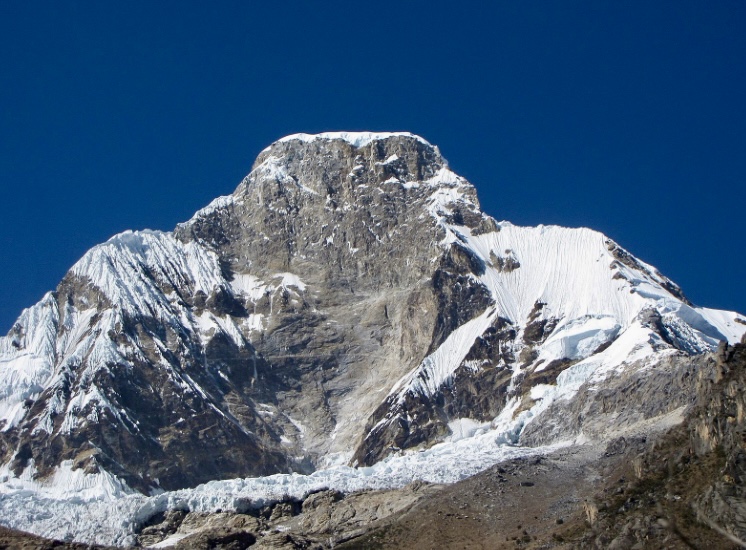
Huascaran North. Photo: sergejf
In 1977, Barrard returned to the Andes to solo the south face of Artesonraju in the Cordillera Blanca. He also climbed a new route on the south face of Pisco Peak.
Liliane, newly married to Maurice, also took part in this expedition. A few days later, she, her brother Alain Bontemps, and Christian Bougnaod repeated the Pisco route. The French party also made other first ascents in the area.
In the summer of 1980, Maurice Barrard and his regular partner Georges Narbaud summited Gasherbrum I. Their ultralight expedition, without supplemental oxygen, also featured no logistical support or high-altitude porters.
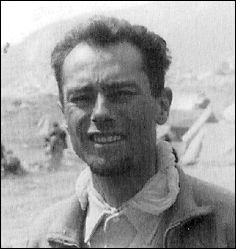
Maurice Barrard.
The ‘world’s highest couple’
Soon after, Maurice began to climb with his wife as his partner, always lightweight and without sherpa assistants or bottled oxygen. The Barrards had decided to become the ”world’s highest couple.” On June 12, 1982, they, along with Alain Bontemps, summited Gasherbrum II in the Karakoram four days after leaving Base Camp.
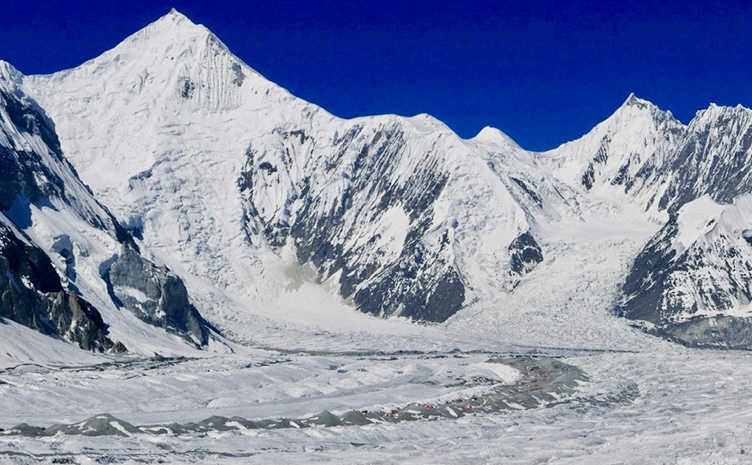
Gasherbrum Base Camp from the icefall. Chogolisa is in the background. Photo: Slex Gavan
In the summer of 1983, Liliane and Maurice attempted Nanga Parbat via a variation of the Diamir route. They did not succeed, and on that long, hungry expedition, both dropped more than ten kilos. Liliane also lost a toe from frostbite.
But one year later, the Barrards returned to Nanga Parbat and climbed it without bottled oxygen. Liliane thus became the first woman to summit Nanga Parbat.
In the spring of 1985, the couple attempted 8,485m Makalu, again without bottled oxygen, with partners Erich Beaud and Georges Narbaud. They were the only party on the mountain that spring. They used neither camps nor fixed ropes and went via the Makalu La–Northwest Ridge-North Face route. At a high point of 8,430m, they had to turn back because of high winds and frostbitten toes. They also wanted to ski down the peak, but there was no snow on the mountain, only rock and ice.
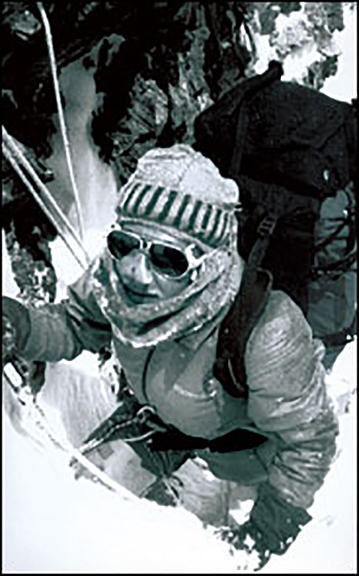
Liliane Barrard.
Broad Peak
The couple then attempted Broad Peak in August 1985. Despite four summit pushes, they again fell short because of bad weather, reaching a high of 7,800m. On that expedition, the Barrards helped Wanda Rutkiewicz search for her friend, Barbara Kozlowska, who drowned crossing a glacial river. They then helped to bury her.
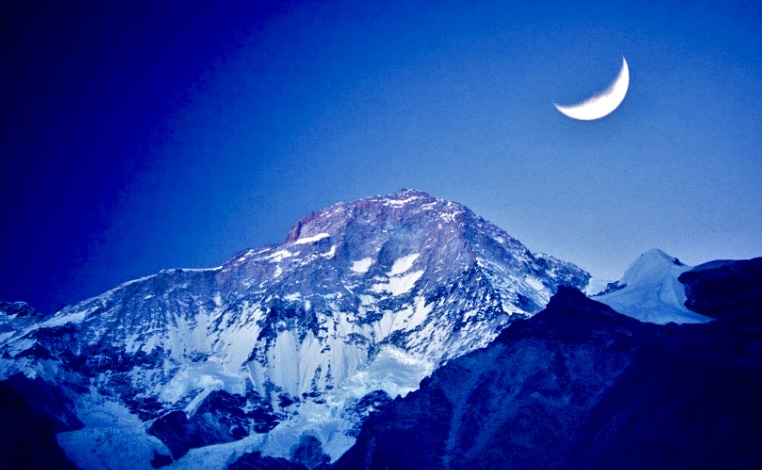
Makalu. Photo: Sebastian Alvaro
Back in 1979, Maurice Barrard and a French expedition attempted the difficult Magic Line on K2. In 1986, Maurice and Liliane attempted 8,611m K2, this time together. Poland’s Wanda Rutkiewicz and Michel Parmentier of France joined them. The four wanted to ascend the normal Abruzzi Spur route without outside help or bottled oxygen.
Bad luck plagued their 1986 expedition from the beginning. According to Jim Curran in his book K2: Triumph and Tragedy, the Barrards lost their entire expedition budget, thousands of dollars, plus airline tickets and passports, in a taxi. Despite this, they continued to the mountain.
In the summer of 1986, nine expeditions obtained permits to climb K2 by various routes. The Barrards, Parmentier, and Rutkiewicz started their summit push before the fixed ropes were laid. Before 1986, no woman had summited K2.
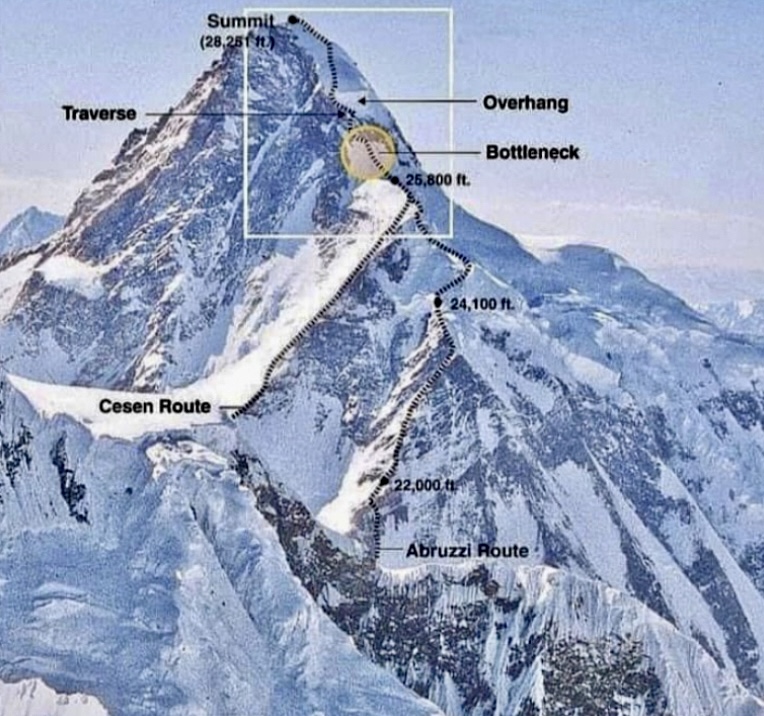
The Abruzzi Spur route on K2. Photo: Team Ali Sadpara
Tragedy soon struck. On June 21, American climbers John Smolich and Allan Pennington, attempting the south-southwest ridge, died in an avalanche at 6,000m.
Barrard’s team, comprising Rutkiewicz, Parmentiere, Liliane, and Maurice, was the first to top out on K2 that summer.
The Barrards and Parmentier climbed the final section of K2 slower than Rutkiewicz, who topped out at 10:30 am on June 23. Rutkiewicz thus became the first woman to summit K2. Liliane and Maurice Barrard joined her half an hour later at 11 am. None used bottled oxygen. All four stayed on the summit until midday.
Two Spanish climbers, Mari Abrego and Josema Casimiro, also summited that day, at about 2 pm, also by the Abruzzi Spur.
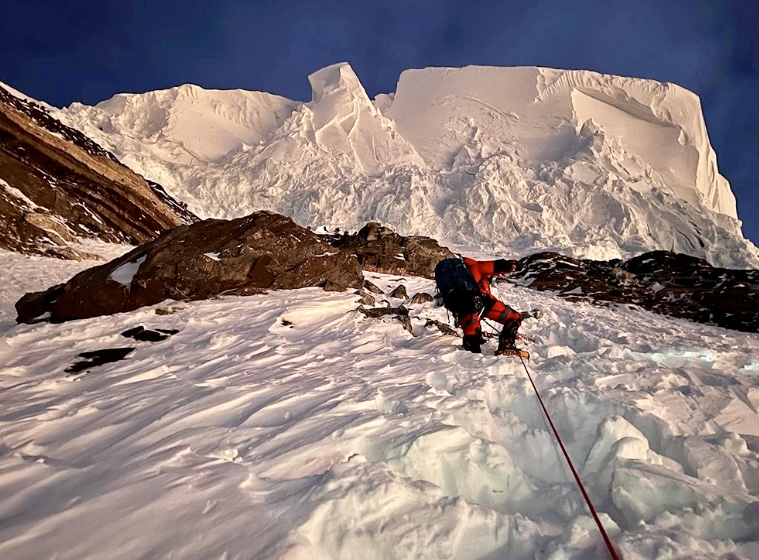
At the Bottleneck on K2. Photo: Naila Kiani
Fatal descent
While Abrego and Casimiro descended without incident to their high camp at 8,000m, Barrard’s team struggled. They made it down only to their last bivouac site at 8,300m near the Bottleneck, but they had no sleeping bags in the tent.
On June 24, after a difficult night at altitude and very tired, the Barrard party continued down. They had run out of fuel for the stoves. Parmentier, who set out first, wanted to borrow some fuel from Abrego and Casimiro, who were a little below them. Rutkiewicz followed Parmentier, while the Barrards brought up the rear.
Unfortunately, Casimiro and Abrego had run out of fuel too, so they, Parmentier, and Rutkiewicz hurried down to Camp 3 at 7,800m as quickly as possible. From there, Abrego, Casimiro, and Rutkiewicz continued descending while Parmentier stayed at Camp 3 to wait for the Barrards. Benoit Chamoux, also at Camp 3, tried to convince Parmentier to continue down, but he insisted on waiting for Liliane and Maurice.
But the Barrards never arrived. In high winds and suffering from the cold, Parmentier eventually descended in a whiteout, guided by radio from Base Camp. All four finally made it to Base Camp, but the Barrards had disappeared.
It is possible that they wandered off the route in poor visibility, somewhere below 8,300m. They may have fallen off the mountain or collapsed from hypoxia and exhaustion.
A South Korean team discovered Lilian Barrard’s body a month later at about 5,300m. Maurice Barrard’s body was found 12 years later, on the glacier above Base Camp. Both are buried at the Gilkey Memorial at K2.
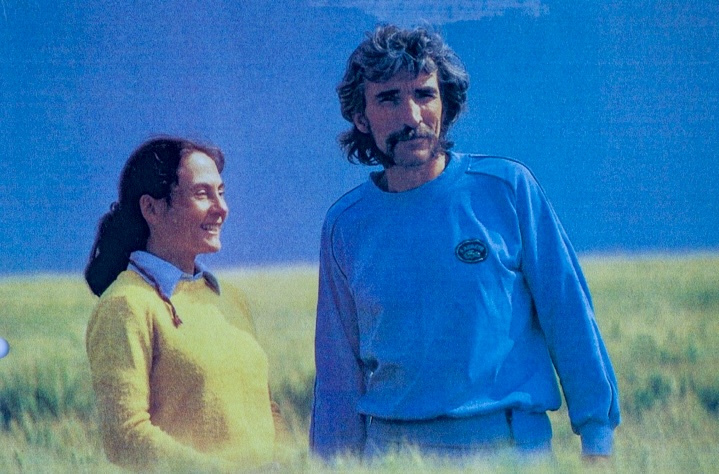
Liliane and Maurice Barrard. Photo: fr.valandre.com
K2’s terrible year
During the summer of 1986, 27 climbers summited K2 via different routes.
It was one of the most tragic seasons ever on an 8,000m peak. That summer, K2 claimed the lives of 13 climbers. Apart from John Smolich, Alan Pennington, and the Barrards, Tadeusz Piotrowski, Renato Casarotto, Wojciech Wroz, Mohammed Ali, Julie Tullis, Alan Rouse, Alfred Imitzer, Hannes Wieser, and Dobroslawa Wolf also lost their lives.
For more on this story, we recommend the books of Jim Curran (K2, Triumph and Tragedy), and Kurt Diemberger (The Endless Knot: K2, Mountain of Dreams and Destiny).
